PtboCanada Takes You On A Tour of Peterborough Fire Services
/Recently, PtboCanada was given a tour of the Peterborough Fire Services stations around the city in order to learn more about their operations and how they keep Peterborough safe. To start things off, we visited the switchboard at the main station on Sherbrooke Street where all of the calls are fielded and "graded". A Class 1 type fire could be something as small as a brush fire that would only require a single vehicle to respond. A Class 2 would be something along the lines of a motor vehicle accident. A Class Three would be where all fire stations would respond to it.
The new computer systems Peterborough Fire Services have allow the dispatcher to focus in on where the fire is on a map and radio a more precise location to the driver. The dispatch software they have also shows the dispatcher where the nearest hydrant is located as well. In a case where there are no fire hydrants, a tanker is dispatched as well.
The switchboard also fields calls and dispatches for Smith-Ennismore/Lakefield and North Monaghan Township. While the firefighters are getting on the truck, the switchboard is already opening the garage door and switching the local set of lights to green. Even once the firefighters arrive on scene, the dispatchers are still the support services for them in case they also need hydro or an ambulance. The response times are recorded by the software so that they can always look at ways of improving.
Overall, the average amount of calls Peterborough Fire Services receives during a 24 hour shift is 16.
Below are pictures of the old dispatch board and the new computerized one.
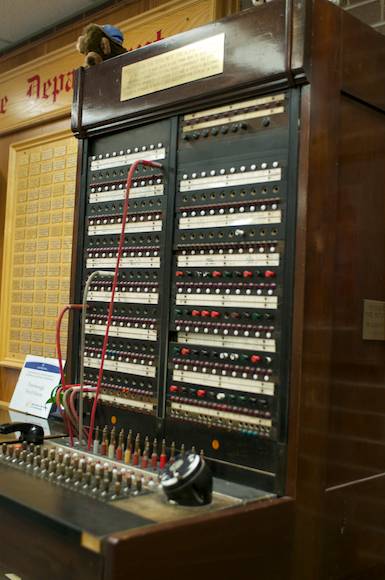 |
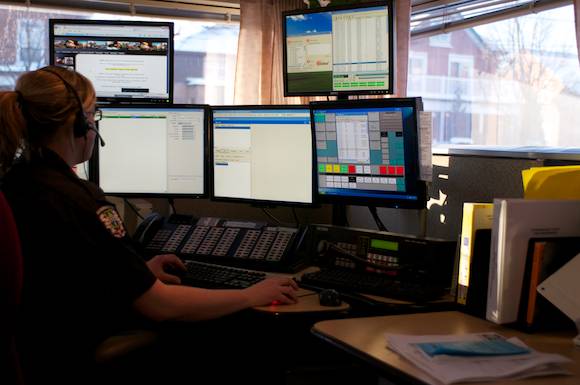 |
|
The firefighters have to keep up to date on the latest firefighting techniques and procedures so there are lots of training materials. Smartboards for seminars and online training are all used in absorbing new knowledge and certifications. After the Peterborough flood several years ago, rooms were built to also double as a command centre should there be another catastrophe, in order to serve as the headquarters for police, fire, EMS, etc. |
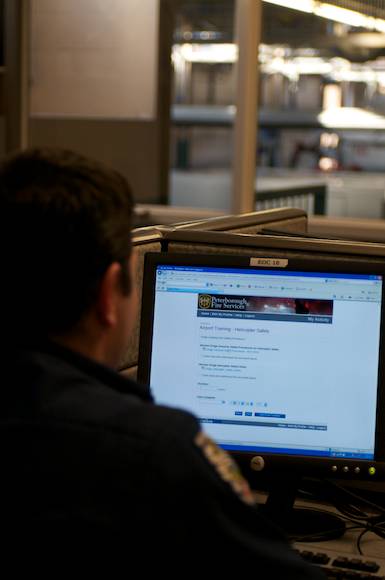 |
|
The firefighters are using a new schedule that means working a quarter of the year overall doing 24 hour shifts. The switchover seems to be well received because it means they can spend more time with their families. This also means they fill in their time with lots of training— both mentally and physically. |
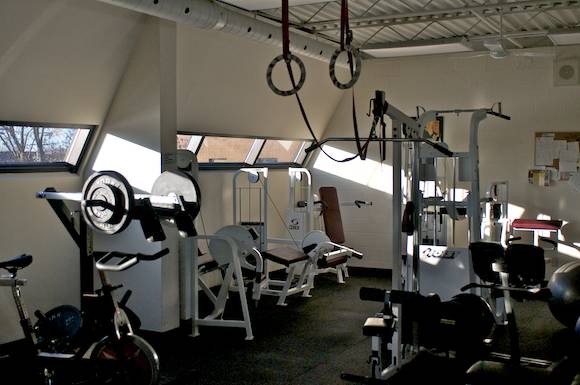 |
The firefighters also donate a lot of their spare time to local events and charities. Recently, for example, the crew helped build houses for Habitat for Humanity.
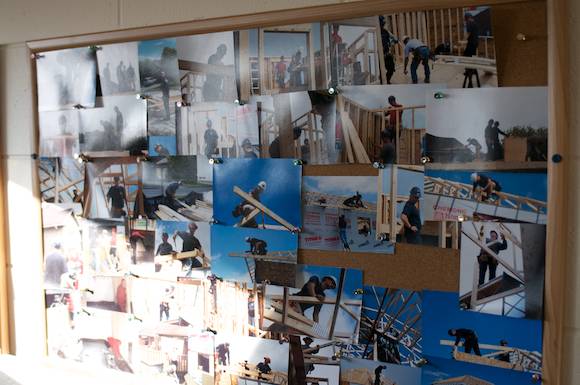
There are a lot of neat antiques on display throughout their building, such as the old ticker-tape style method of reporting a fire in Peterborough. There were about 15 fireboxes around Peterborough, and when someone pulled the handle inside them, the number would be printed out on the tickertape to let them know the vicinity of the fire in relation to the firebox number.
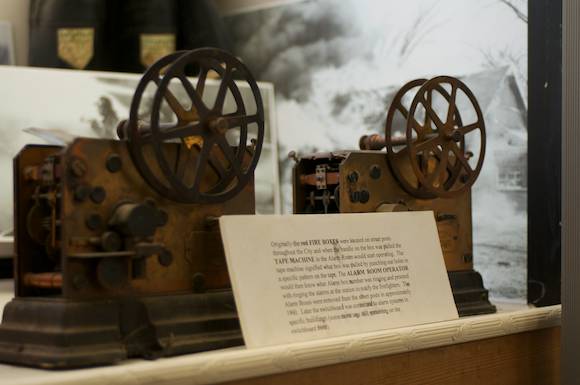
The firefighters' gear is always ready for them to use. On-duty firefighters have their boots, protective garmets and helmets already laid out in front of the truck for them to hop into right away.
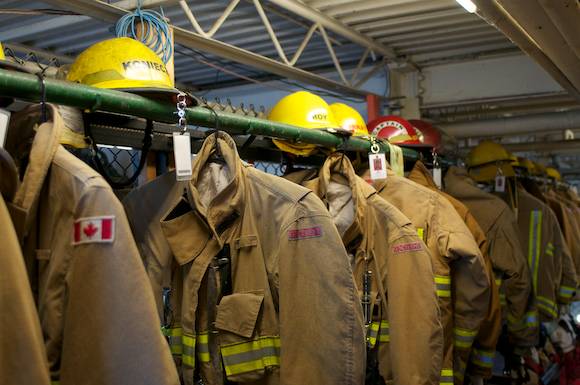
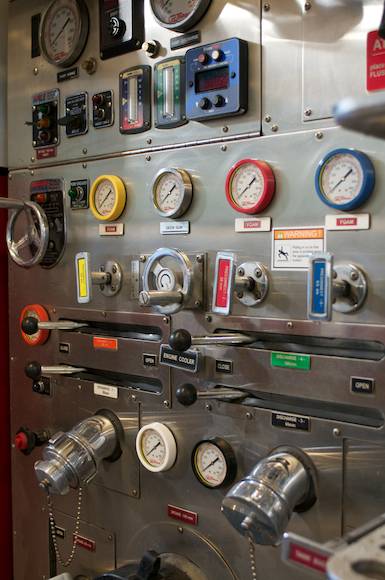 |
The firetrucks themselves are checked daily inside and out to make sure they are fully operational. Each compartment on the truck is laid out in the same manner so that it won't matter which truck a firefighter uses—they will know where everything is located. |
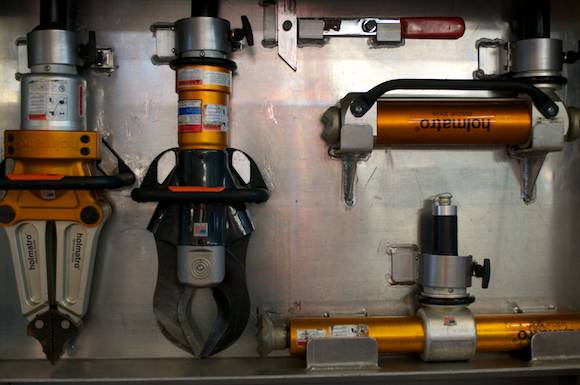
| New technology is being integrated into their toolkits, such as thermal sensors. These handheld units are great for when the smoke buildup is so high that, for example, the firefighters can't find unconscious bodies or they want to test the temperature of what could be behind a closed door. | 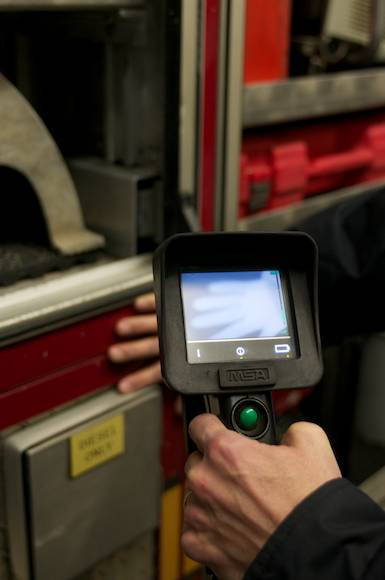 |
Peterborough has three fire stations: Station #1 at 210 Sherbrooke Street is the main station and can have up to twelve firefighters, two dispatchers and numerous other staff such as the Fire Chief (Trent Gervais), Deputy, Fire Prevention Officers, Public educator, Training Officer and administrative assistants.
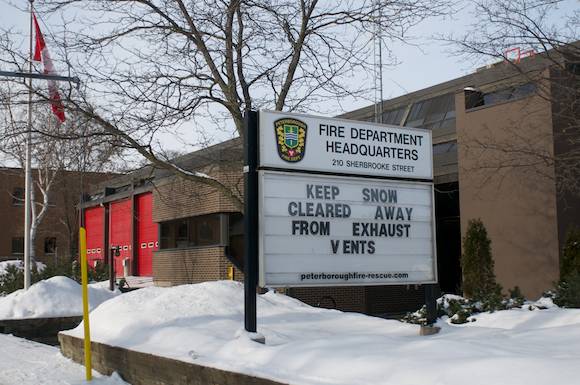
Station #2 is at 161 Carnegie Ave, which has four firefighters and services the North End of the city.
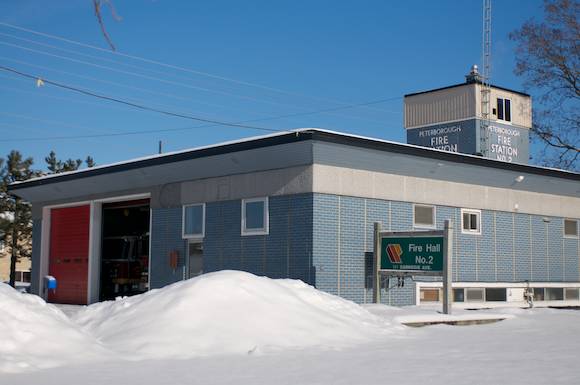
Station #3 is located at 721 Monaghan Road and also has four firefighters, but this year that station will move to Clonsilla Avenue to have quicker access to the South and West End, including Highway 115.
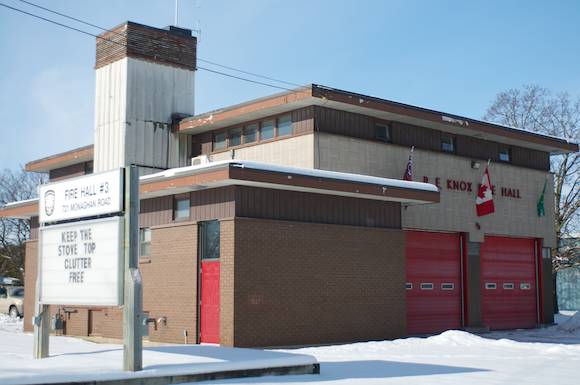

[Words and pictures by PtboCanada's Evan Holt]
[Related: PtboCanada Exclusive: A Day In The Life Of An ER Doctor at PRHC]
Tip us at tips@ptbocanada.com. Follow us on Twitter @Ptbo_Canada.





